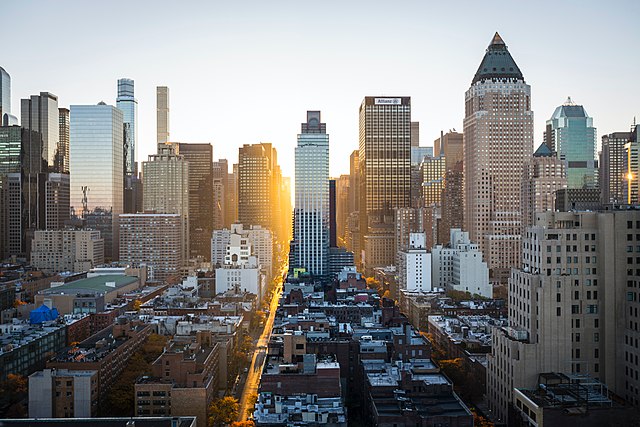
By Miles Murray
Big cities around the world are experiencing an urban crisis. Even after the COVID-19 pandemic caused massive migrations away from big cities like New York and San Francisco and to rural areas with a lower cost of living, urban areas are still overpopulated. And with more than 70 percent of global greenhouse gas emissions coming from big cities, the negative impact on the environment has quickly become too vast to ignore.
It can be easy to place the blame on city dwellers for all the sustainability issues urban areas are facing, but the real culprit is in the cities’ infrastructure. Systems like transportation, energy, and sanitation systems are grossly outdated and struggling to keep up with the higher number of residents.
These sustainability problems need to be addressed and fixed quickly. Not only to make life better for the people who live in big cities, but also to keep the Earth healthy and thriving. Let’s take a look at three (of the many) sustainability hurdles urban areas need to address soon.
Construction Material Scarcity
Did you know that more than 40 billion tons of sand is used in construction projects every year? It’s an essential ingredient in concrete—which is the most popular construction material in the world. And with more and more skyscrapers spreading out from urban areas every year, getting the right type of sand for concrete construction in big cities has become much more difficult to source.
Concrete sand, aka sand with the right granular structure for construction, is a finite resource. It has become so valuable—and so scarce—in some parts of the world that illegal sand gathering operations and “sand pirates” have become a real threat. And even though concrete itself is an organic building material, it’s not sustainable. Big cities and the construction industry as a whole need to adopt an alternative, eco-friendly construction material. And while these sustainable materials may not be durable enough to hold an entire skyscraper up, they have a lower carbon footprint and will keep the planet healthy and thriving.
Transportation Deterioration
Anyone who has had to ride New York City’s subway system is well aware of the long list of problems it’s facing. Millions of people in big cities across the country rely on public transportation to navigate their everyday lives. But the quickly-crumbling transportation grid is becoming too big a problem for government officials to ignore. Not only does the outdated transportation infrastructure in urban areas make travel difficult for its riders, it’s a massive environmental problem.
Even though cities like New York City have made promises to upgrade and modernize their transportation systems, it’s still going to be an uphill battle. Like many things in life, politics and money are the main hurdles for big cities to overcome in order to actually get started on the upgrades. For urban areas that want to actually become sustainable and have functioning (and dependable) transportation infrastructure, they will eventually need the finances, political support, and public support to back up these costly—but much-needed—upgrades.
Water Usage Increases
The majority of Americans view access to clean water to be a fundamental right and something that should be accessible to everyone no matter the cost. But many big cities are struggling to keep up with the growing demand for clean water. Since many water lines in big cities were planned and built in the 1800s, urban water infrastructure is in dire need of an update.
Take a look at the water problems in Flint, Michigan and you’ll quickly see just how big of a problem outdated water infrastructure is across the U.S. And according to the national ratings system, America received a C- rating in drinking water. Since access to clean and safe drinking water is essential to public health and in the economy, upgrading America’s water infrastructure should be a top priority for big cities.
The Bottom Line
As much as we’d like to think our individual actions can make a significant difference in the world’s ever-increasing carbon footprint, it won’t make much of a difference. Personal changes like switching to low-energy lightbulbs and using reusable bags for your next grocery run are great ways to minimize your own impact on the environment. But real and lasting change is in the hands of the big corporations and city planners.
While that might sound discouraging and even downright depressing at first, it’s not all horrible news. People around the world are rallying together to get sustainability measures put in place in large cities. Flint, Michigan has found a global audience of supporters and New York is slowly revamping its decades-old subway system despite countless political obstacles. Lasting sustainability changes will take time to fully implement, but the time to start those changes is right now.
As a tech enthusiast and avid blogger, Miles explores the latest technology trends and gadgets. His mission is to help everyday consumers navigate the complicated, sometimes scary, but mostly exhilarating world of tech.



Leave a Reply